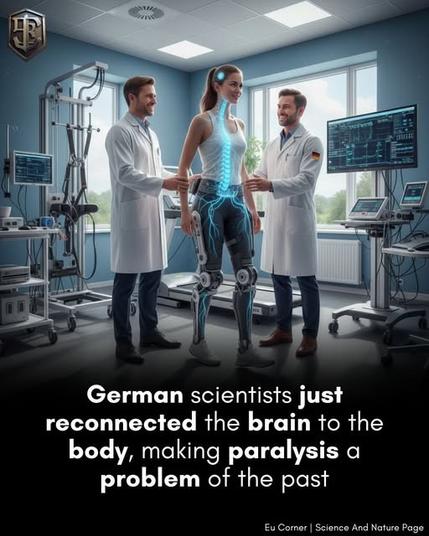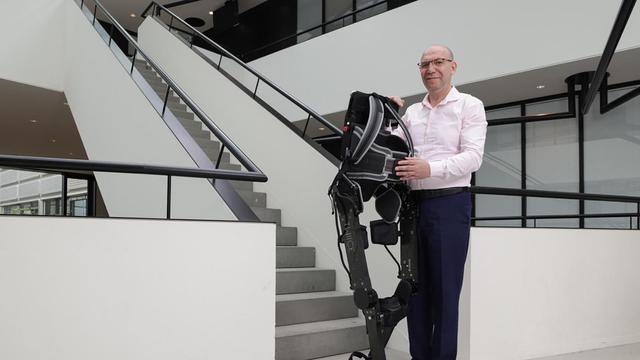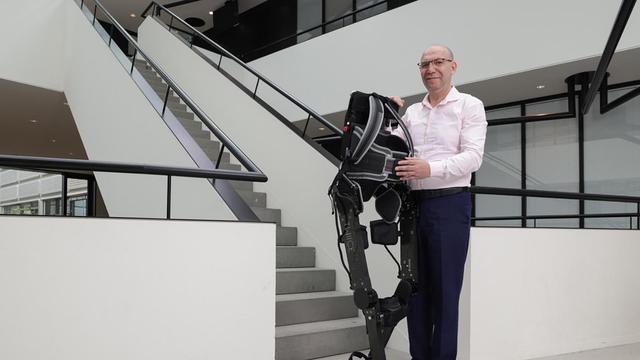Germany builds brain-computer implant that lets paralyzed patients walk again
In Germany, neuroscientists at Charité University Hospital have successfully tested a brain-computer implant that restores mobility in patients with paralysis. The system bypasses damaged spinal connections by reading brain signals directly and transmitting them to implanted stimulators in the spinal cord.
Unlike older systems requiring bulky external computers, this new implant is fully wireless, implanted beneath the skull, and powered inductively. It translates a patient’s intent to move into electrical pulses, which are then delivered to the spinal cord, reactivating dormant neural pathways.
In initial clinical trials, patients who had lost movement due to spinal cord injury were able to stand, take steps, and even climb small stairs. This marks one of the first instances where brain-controlled walking is restored with natural fluidity, not just rigid robotic stepping.
The technology combines machine learning with neurobiology — the implant learns the user’s neural patterns, becoming more accurate the longer it’s used. Over time, the system strengthens natural neural reconnections, meaning patients may eventually recover partial mobility even without the implant.
This breakthrough represents hope for millions of spinal injury patients. While still experimental, it paves the way toward commercial devices that could be implanted within a decade.
For the first time, paralyzed individuals are not just dreaming of walking again — they are doing it with their own brain signals.
Neuroscience & Brain–Computer Interfaces
#BrainComputerInterface #BCI #Neurotech #Neuroscience #NeuroEngineering #BrainImplant #Neuroprosthetics #Neurotechnology #BrainMachineInterface
Spinal Injury & Mobility
#ParalysisRecovery #SpinalCordInjury #SCI #NeuroRehab #MobilityRestored #WalkAgain #SpinalRepair #NeuroRehabilitation #ParalyzedNoMore




